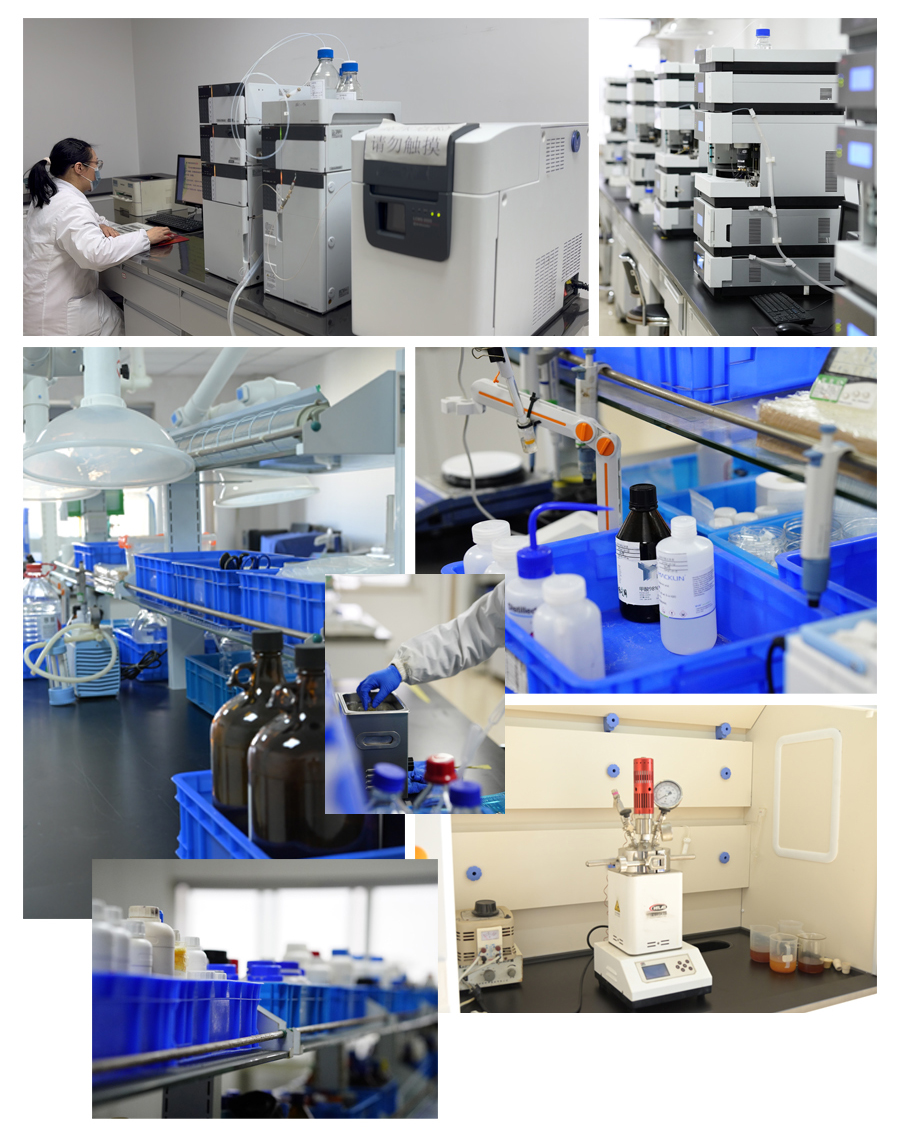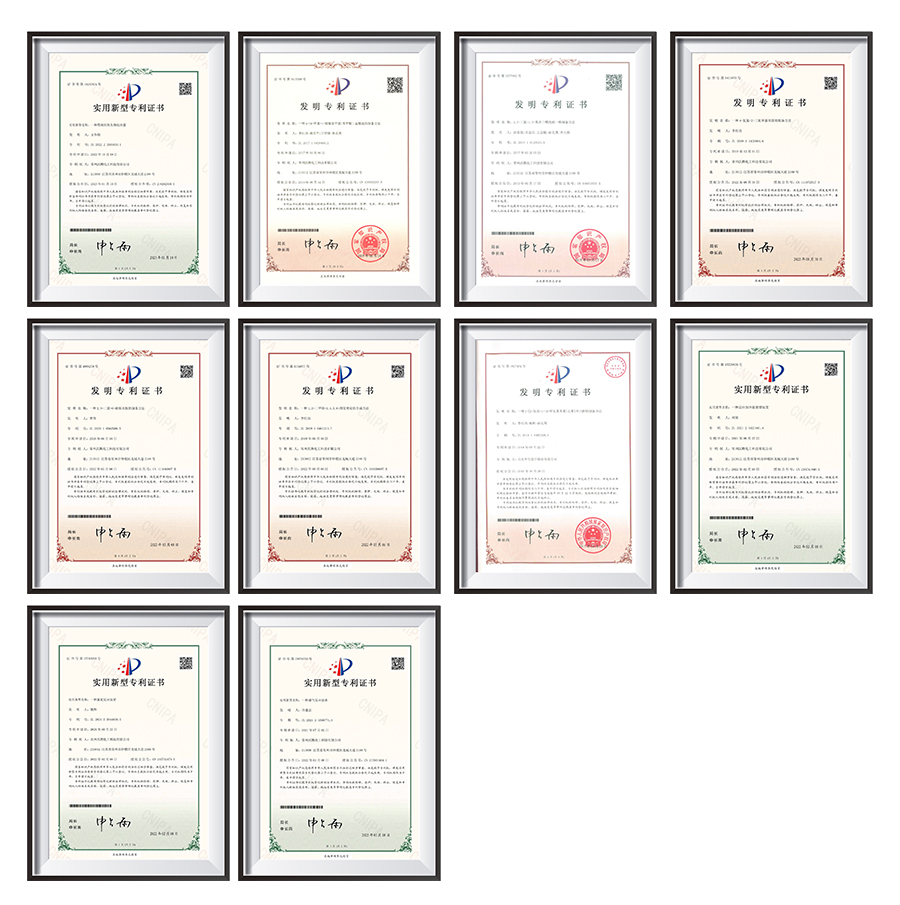| Availability: | |
|---|---|






Product Description
Product Category | Pharmaceutical intermediates |
CAS NO | 88-09-5 |
Product Specifications | Colorless to Almost colorless liquid Melting point: -16--13 °C (lit.) Boiling point: 99-101 °C/18 mmHg (lit.) Density: 0.92 g/mL at 25 °C (lit.) Storage temp.: Store below +30°C. |




2-Ethylbutyric acid is produced by EASTFINE , and we are in charge of overseas selling . Not just trading company .
China,America,Brazil,England,Russia,Poland,India,Pakistan,NewZealand,Korea,Australia,Dubai,Turkey,Indonesia,UAE.
Yes , you can have 2-Ethylbutyric acid sample for starting the business , but it is not free
Please contact our sales team for more details.
2-Ethylbutyric acid is a branched-chain fatty acid with the chemical formula C6H12O2. It consists of a butyric acid backbone (a four-carbon chain with a carboxylic acid group) with an ethyl group (-CH2CH3) attached to the second carbon in the chain. It has a distinct odor, which is often described as fruity or rancid.
2-Ethylbutyric acid has a variety of applications:
· Flavor and fragrance industry: It is used as a flavoring agent in food products and beverages due to its fruity and sweet aroma.
· Chemical synthesis: It is employed as a building block in the synthesis of other chemicals and as a precursor in the production of esters, which are used in perfumes and flavoring.
· Pharmaceutical industry: It can serve as an intermediate in the synthesis of certain pharmaceutical compounds.
· Industrial applications: Used in manufacturing lubricants, plastics, and other industrial chemicals.
2-Ethylbutyric acid can be synthesized through various methods, including:
· Aldol condensation: One common method is to use aldol condensation reactions to form the carbon-carbon bonds needed to create the branched chain.
· Fermentation: It can be produced through microbial fermentation, where specific bacteria ferment precursors to generate the fatty acid.
· Chemical synthesis: It can also be synthesized by esterifying butyric acid and ethyl alcohol, followed by hydrolysis to yield 2-ethylbutyric acid.
2-Ethylbutyric acid has a strong, fruity, rancid odor often associated with certain cheeses and rancid fats. This odor is characteristic of several branched-chain fatty acids and contributes to its use in flavoring and fragrance applications.
2-Ethylbutyric acid is generally regarded as safe for use in food and beverages in small amounts. However, in larger concentrations, it can be irritating to the skin, eyes, and respiratory system. It is important to follow safety protocols when handling this compound in industrial or laboratory settings.
The boiling point of 2-ethylbutyric acid is around 181°C (358°F), which is relatively high for a compound of this molecular size.
Yes, 2-ethylbutyric acid can undergo esterification reactions. The carboxyl group (-COOH) can react with alcohols (e.g., ethanol, isopropanol) in the presence of an acid catalyst to form esters, which are commonly used as flavoring agents and in perfumes.
· Appearance: It is a colorless to pale yellow liquid.
· Odor: Characteristically fruity and rancid.
· Boiling Point: Approximately 181°C (358°F).
· Solubility: It is soluble in organic solvents but has low solubility in water.
Yes, 2-ethylbutyric acid is biodegradable, as it is a fatty acid that can be broken down by microorganisms in the environment. This makes it less of an environmental concern when compared to many synthetic chemicals.
· Personal protective equipment (PPE): When handling 2-ethylbutyric acid, wear appropriate PPE such as gloves, goggles, and lab coats to protect your skin and eyes from potential irritation.
· Ventilation: Work in a well-ventilated area or fume hood to avoid inhaling vapors, as the compound has a strong odor.
· Storage: Store in a cool, dry place away from strong oxidizers and avoid exposure to heat or open flames.
Yes, 2-ethylbutyric acid is used in the fragrance industry as a component of perfumes, particularly in compositions that aim to capture fruity or creamy notes. It is often used to enhance the scent profile of various cosmetic and fragrance products.